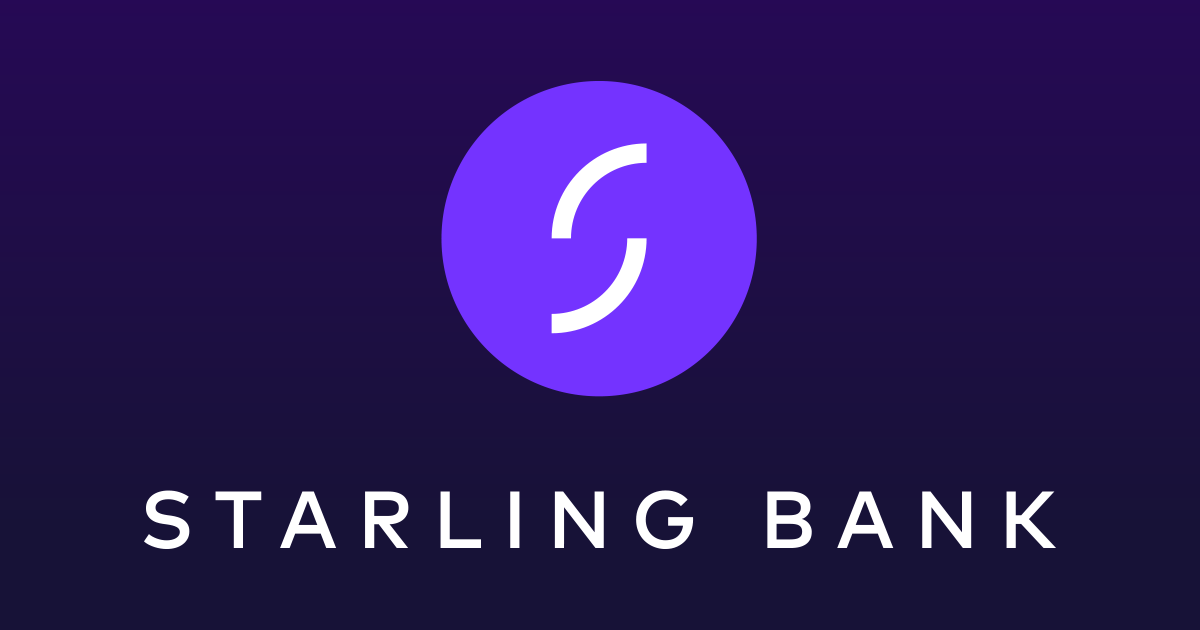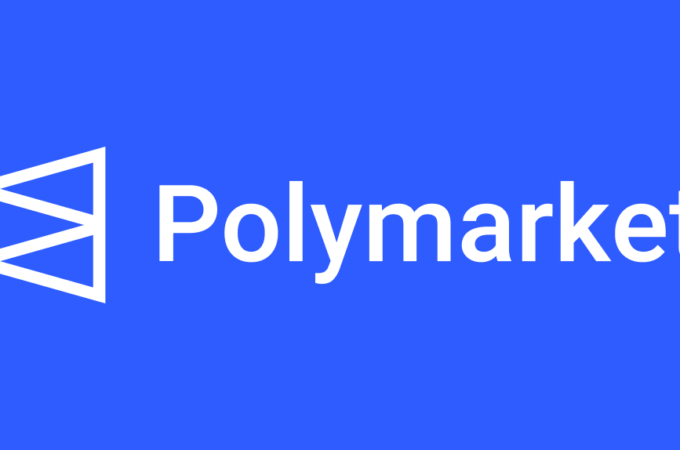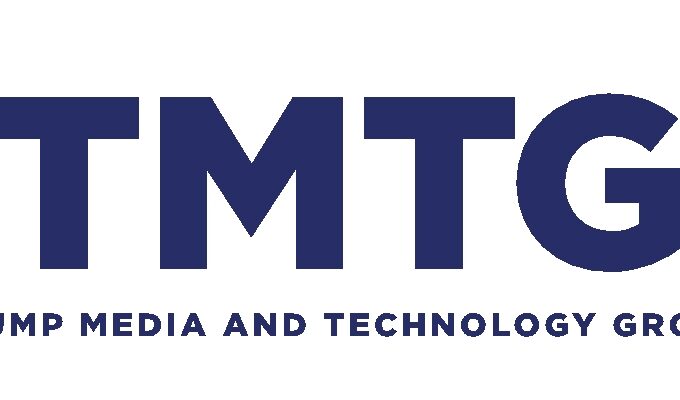
Flux extends Starling partnership to offer digitised loyalty rewards
Flux, reinventor of the receipt for the 21st Century, today becomes the first partner to integrate digitised loyalty rewards directly into Starling Bank’s mobile app.
The latest Flux service will instantly display loyalty stamps in the Starling app when a customer pays with their Starling card at any of Flux’s retail partners, which include all EAT. stores where Flux customers have exclusive use of a unique loyalty stamp programme which rewards the cost of a fifth coffee. Flux will be announcing a series of partnerships with top tier retailers in 2018.
According to Deloitte, 41% of UK consumers use brand loyalty schemes, with one in four shoppers doing so once a week or more. Despite the rewards on offer, an estimated 10.3 million people possess unused loyalty points which total more than £4.5 billion.
Flux will send loyalty rewards automatically to customers’ Starling accounts when applicable. From today, loyalty stamps will appear on the real-time digital itemised receipts that Flux users receive in the Starling app.
Flux instantly delivers receipts, including item data and VAT, plus applicable loyalty reward stamps from retailers to customers through the mobile apps of partner banks. Customers who have added Flux directly from the Starling Marketplace can pay as normal for items that fall within the loyalty scheme. Once the customer has earnt their free item, Flux will send them automatic cashback straight to their Starling account on behalf of the Flux retailer. Customers will never have to remember to bring or show a loyalty card again.
CEO and Founder of Flux, Matty Cusden-Ross said: “We are very excited to announce the launch of our Flux loyalty integration within the Starling Marketplace. Our partnership with Starling Bank reflects the cutting-edge approach both Flux and Starling are taking to reinvent receipts and loyalty for the 21st Century.”
Launched in April 2017, Flux has a UK patent pending algorithm that links purchases to bank cards via software integrated in the retailer’s point of sale system without interfering in payment processing. The technology makes the purchase more useful to the customer, eliminates the use of paper and reduces time spent at checkout.





